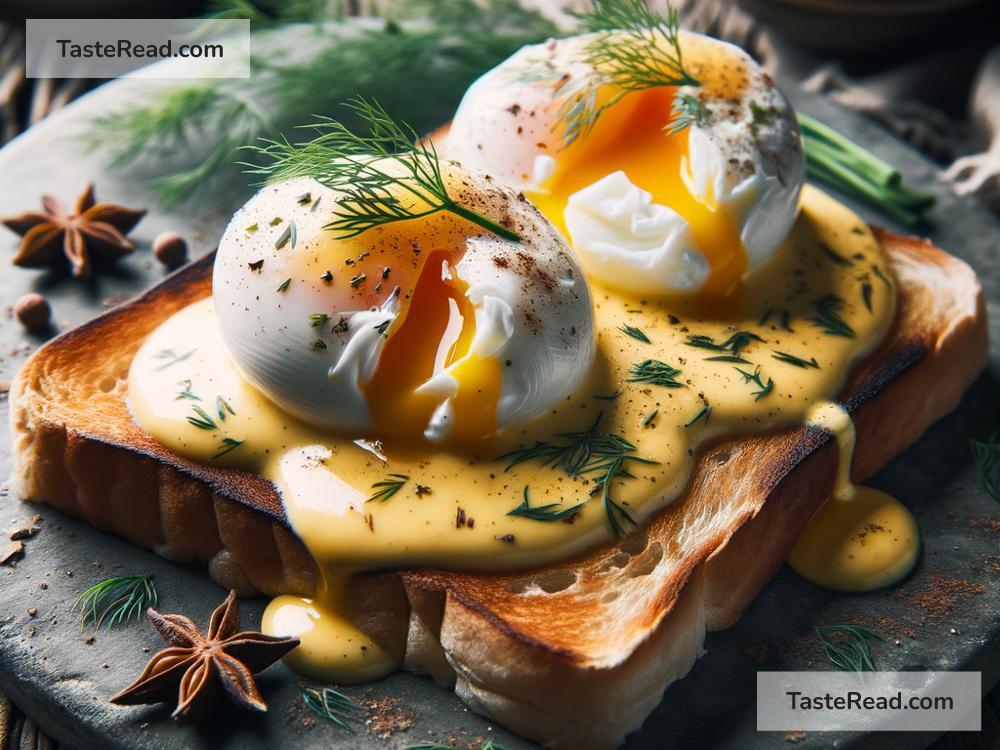Master the Art of Perfect Poached Eggs with These Advanced Techniques
Poached eggs, with their silky whites and gooey golden centers, can elevate a simple breakfast to a delightful experience. Although they may seem daunting to make, mastering the art of poaching eggs is within your reach. Whether you’re aiming to impress your Sunday brunch guests or treating yourself to a gourmet breakfast, these advanced techniques will ensure you create perfect poached eggs every time.
1. The Freshness Factor
First and foremost, the freshness of your eggs is non-negotiable. Fresh eggs have firmer whites and yolks, which help maintain their shape better when poached. If you’re using eggs that have been sitting in your fridge for a while, they’re more likely to spread out in the water, resulting in wispy whites. If you can, opt for eggs that are as fresh as possible.
2. Straining the Eggs
One lesser-known tip is to strain your eggs. Crack each egg into a fine mesh sieve or strainer and gently swirl. The runnier part of the white will filter through, leaving you with the thicker white that will hold together better in the water. This step is crucial for achieving that neat, compact shape.
3. The Swirl Method
Creating a vortex in your pot of water can be extremely helpful. Bring your water to a gentle simmer—not a rolling boil—and use a spoon or whisk to create a whirlpool. Gently drop your egg into the center of this vortex. The swirling motion helps the egg white wrap around the yolk, creating a beautifully rounded shape.
4. Perfect Temperature
Getting the water temperature right is pivotal. Water that is too hot will cause the egg whites to become tough and rubbery, while water that’s not hot enough won’t cook the egg through. Aim for water that’s simmering gently, with small bubbles rising to the surface. This is typically around 180-190°F (82-88°C). Using a kitchen thermometer can take the guesswork out of this step.
5. Vinegar is Your Friend
A splash of vinegar in your poaching water can make all the difference. Vinegar helps the egg whites coagulate faster, which means they’ll hold together better in the water. Don’t worry about the taste; you won’t be able to detect it in your finished egg. A tablespoon of white vinegar per quart of water is a good ratio to follow.
6. Timing is Everything
How long should you leave your egg in the water? For most, a perfectly poached egg has firm whites and a runny yolk. Achieving this requires precise timing—about 3 to 4 minutes. Use a timer to help you keep track, and once you’ve found the timing that works for your preferred doneness, stick with it for consistent results.
7. The Ice Bath Trick
If you’re poaching eggs in advance, an ice bath can stop the cooking process and preserve the texture. Once your eggs are poached to your liking, transfer them to a bowl of ice water. This halts the cooking immediately, keeping them perfect until you’re ready to reheat and serve.
8. Reheating Like a Pro
To reheat pre-poached eggs, simply bring a pot of water to a gentle simmer and submerge the eggs for 30-60 seconds. This will warm them through without overcooking the yolks.
9. Serving Suggestions
Now that you’ve mastered the art of poached eggs, it’s time to serve them. Poached eggs are versatile and can be served atop toasted bread, mixed greens, or even in a classic Eggs Benedict. Garnish with a sprinkle of salt, pepper, and perhaps a drizzle of hollandaise sauce or a sprinkle of fresh herbs for a touch of elegance.
10. Practice Makes Perfect
As with any cooking technique, practice is key. Don’t be discouraged if your first few attempts aren’t perfect. Keep trying, and you’ll quickly get the hang of it. Each egg you poach will bring you closer to achieving that consistent perfection.
Poaching eggs doesn’t have to be intimidating. With these advanced techniques in your cooking arsenal, you’ll be on your way to creating luscious, perfectly poached eggs every time. Remember, great cooking is a blend of art and science—by mastering both, you’ll unlock the full potential of your culinary skills. Happy poaching!


